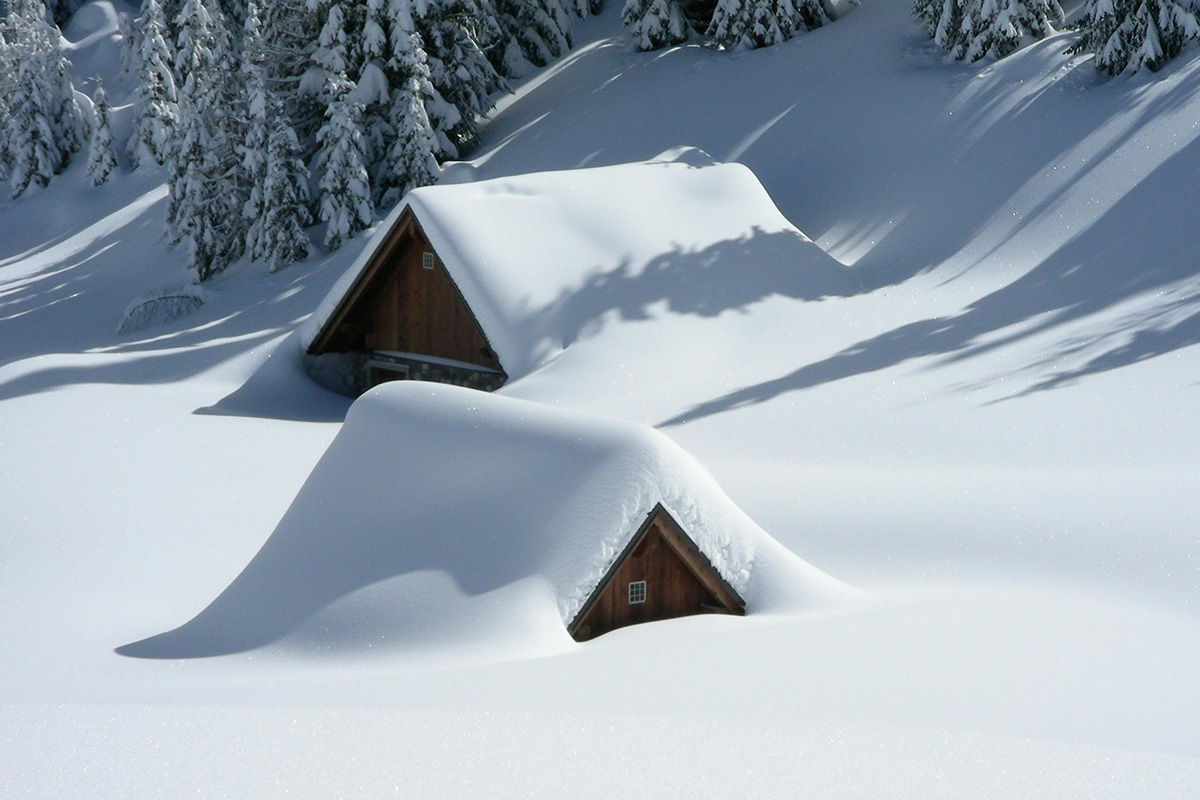The Great Patio Cleaning Disaster: A Cautionary Tale About DIY Pressure Washing
The Great Patio Cleaning Disaster: A Cautionary Tale About DIY Pressure Washing
Picture this: a glorious summer evening spent entertaining friends on your perfectly clean patio. Sounds idyllic, doesn’t it? But for many UK homeowners, the dream of a spotless patio quickly turns into a pressure washing nightmare. As you step outside, you’re met with a sight that makes your heart sink. Your patio, once a vibrant space for socialising and relaxation, is now marred by layers of dirt, grime, and unsightly stains through the lack of regular patio cleaning. The thought of entertaining guests on such a neglected surface fills you with embarrassment and frustration.
Not only this, but a recent survey by the National Association of Property Buyers (NAPB) found that a staggering 38% of respondents had experienced damage to their outdoor spaces due to improper patio cleaning and pressure washing methods, putting many off from regularly completing the work necessary to keep their outdoor spaces sparkling.

According to recent statistics from the Royal Horticultural Society, neglecting outdoor cleaning and maintenance can lead to irreversible damage to your property’s surfaces. Moss, algae, and mould not only detract from the aesthetics of your patio but can also create slippery and hazardous conditions, posing a risk to your family and guests. Additionally, dirt and debris build-up can cause premature deterioration of surfaces, leading to costly repairs down the line.
But, as we mentioned, the means of keeping your patios clean is not entirely straightforward either! The culprit behind most these concerns? The trusty (or so it seems) pressure washer. While pressure washers can be effective patio cleaning (and of course many other applications!) tools in the right hands, they can wreak havoc if not used with caution. Here’s why:
-
The Power Struggle: Most homeowners underestimate the sheer force of a pressure washer. These machines can generate a tremendous amount of pressure, easily stripping away protective sealants and even damaging the underlying material. A report by Which? magazine found that even professional pressure washing services can cause damage if not carried out meticulously.
-
The “One Size Fits All” Fallacy: Not all patios are created equal, and patio cleaning requires the correct approach to be employed to avoid problems down the line. Flagstone requires a gentler touch compared to concrete. Using the wrong pressure setting or nozzle type can lead to uneven cleaning, etching, or even the dislodging of patio slabs.
-
The DIY Danger Zone: Pressure washers require a certain level of skill and experience to operate effectively. Without proper training, it’s easy to accidentally damage nearby plants, furniture, or even injure yourself in the process. Not to mention the inconvenience when you blast soil from a flower bed all over your already-clean patio!
So, what can you do to avoid a patio cleaning disaster?
Here are some key pointers:
-
Know your patio: Research the specific type of patio material you have and determine the appropriate cleaning methods.
-
Start gentle: Always begin with the lowest pressure setting and gradually increase it if necessary.
-
Consider professional help: For a guaranteed pristine patio and peace of mind, consider hiring a professional cleaning service with experience in pressure washing various patio materials.
At Infinity Home Services, we understand the challenges that homeowners face when it comes to maintaining their outdoor spaces safely and without damage. From stubborn moss and algae growth to grease and oil stains on driveways, the battle against outdoor grime can feel like an uphill struggle. But with our professional pressure washing and patio cleaning services, we have the tools and expertise to tackle even the toughest of stains. Our experienced technicians are trained in the proper use of pressure washers and can ensure your patio receives a thorough clean while maintaining its original beauty.
Whether you’re preparing for a summer barbecue or simply want to enhance the curb appeal of your home, our pressure washing and patio cleaning services will leave your outdoor spaces looking fresh, clean, and inviting. Contact us today using the form below or by calling 0800 148 8088 to schedule your pressure washing service and rediscover the hidden beauty of your outdoor oasis. To read more about our pressure washing services, click here.
Contact Us

















